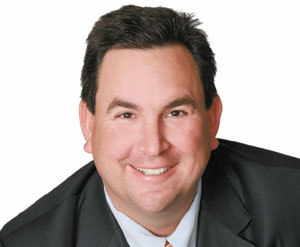Times have changed
– and so have financial advisors. Today, people don’t want
financial advice from a salesman. Instead, they want a relationship
with a financial professional who is candid, trustworthy and
thoroughly educated, who provides personalized financial consulting
for each client.
Times have changed – and so have financial advisors. Today, people don’t want financial advice from a salesman. Instead, they want a relationship with a financial professional who is candid, trustworthy and thoroughly educated, who provides personalized financial consulting for each client.
That search often leads them to a fee-based or fee-only financial advisor or a registered investment advisor.
A pleasant alternative to Wall Street. A paradigm shift is happening, and the traditional brokerage houses are lagging. While old-school “stock brokers” have gone the way of the wooly mammoth, you still have a sales-first mentality in place at big banks and Wall Street brokerages.
If you’re employed by one of them, the mantra is simple: make a sale, earn a commission.
As they try to serve their clients, these “wirehouse” brokers regularly contend with sales quotas and the inherent potential for conflicts of interest. It wears on them: a 2010 survey revealed that only 15 percent were “very satisfied” at their firms, and another 20 percent wanted to leave within two years.
Given the tarnished reputations of so many giant banks and brokerages, it isn’t surprising that consumers are turning elsewhere for financial advice. Here are three popular destinations.
A fee-based financial advisor has structured his or her practice to promote earning income from fees instead of commissions.
The emphasis is on advice. An independent, fee-based financial advisor also has freedom – freedom to choose the most appropriate products and services for your risk tolerance and investment goals.
Fee-only financial advisors earn no commissions at all. They derive 100 percent of their income from client fees – annual management fees or hourly or per-project consulting fees.
With this compensation arrangement, you know that a fee-only advisor is available to help you address myriad issues in your financial life, not simply those that could lead to a commission.
A registered investment advisor usually works to manage the assets of high net worth investors. An RIA receives management fees and does not receive commissions.
The management fees usually represent a percentage of the assets a client has invested. RIAs have to register with the Securities and Exchange Commission and any states in which they operate. Individuals, couples, families and institutions with sizable wealth management concerns often turn toward RIAs.
Even as the market has struggled since the end of 2007, independent registered investment advisors have gained a greater share of assets under management in the United States.
People need unbiased advice. That’s probably the No. 1 reason why people seek an independent financial advisor. They know that the advice they receive is not influenced by sales incentives or directives. There is often a candor to the discussion that may not always be present at a bank or a brokerage.
People want more investment choices. An independent financial advisor is free to offer investments from dozens, maybe hundreds of companies, rather the investments of a single company.
In addition, that independent advisor can unhesitatingly tell you if an investment is or isn’t appropriate for your financial situation.
This is the age of independence. When it comes to the financial future, no one wants to be “sold” – just advised. That’s why we’ve seen the rise of a new kind of financial advisor who puts the client relationship first.










